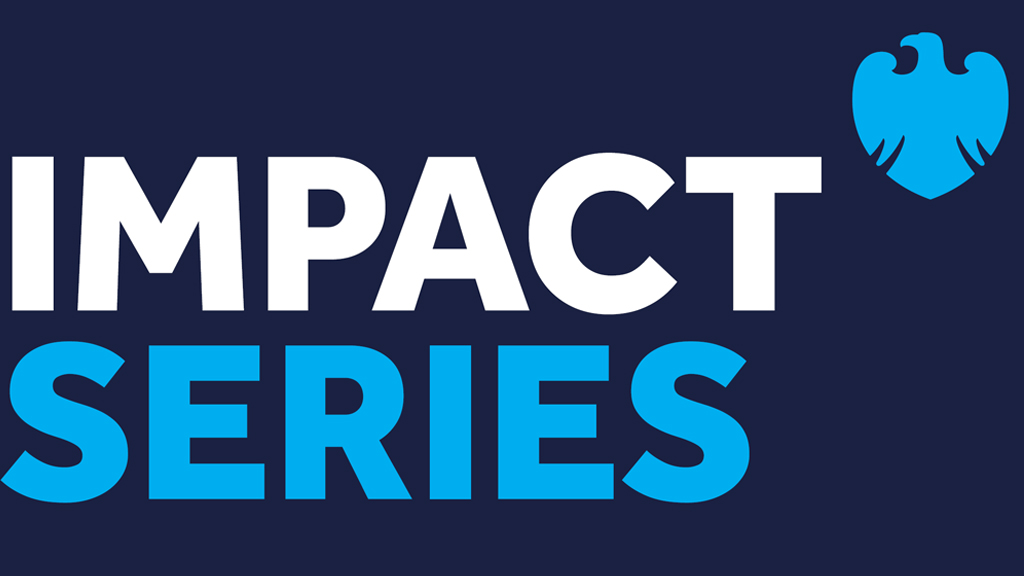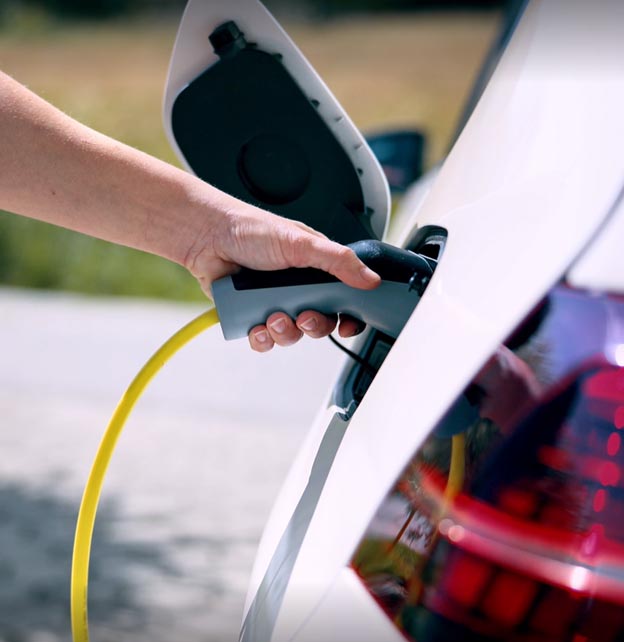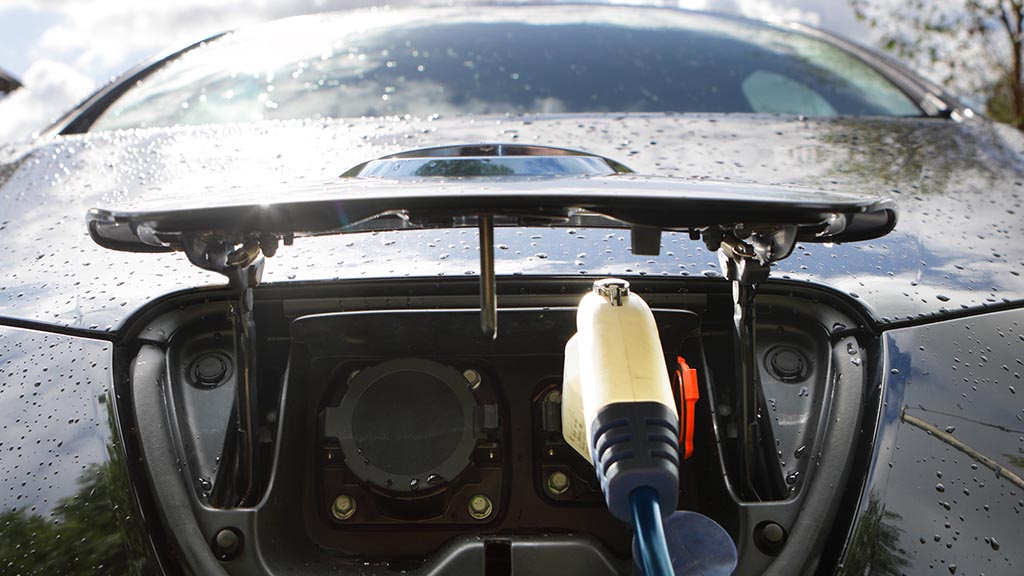The data science behind our EV modelling
Examining how we manoeuvre the world’s transition to electric vehicles (EVs) isn’t just prescient, it’s critical.
Barclays Investment Bank offers advisory, finance and risk management services that connect your ideas to capital and power possibilities.
View thought-leading perspectives from Barclays Investment Bank’s financial experts and Research analysts.
Get the latest news about Barclays Investment Bank businesses, people and our work in the community, as well as our upcoming events and conferences.
RESEARCH | IMPACT SERIES | SOLVING SUSTAINABLE
Will the road to 100% EV adoption be green, cheap or easy?


GO TO SECTION
Rising EV adoption has the potential to drastically transform power grids. EVs could create significant operating stress and financial burden, or facilitate and accelerate the move to 100% renewable energy. They may also prompt a combination of these possibilities.
As EVs help to catalyse change, policymakers, industry leaders and consumers will face inevitable trade-offs between transition costs, behavioural constraints on drivers, and the carbon footprint. To explore the range of potential outcomes, the team decided on California as its test case, where a law requires 100% of new cars to be EVs by 2035. Using a sophisticated model which analysed multiple data sets, including California’s power generation, distribution and consumption, weather patterns, and hourly driver behaviour, our Investment Sciences team explored three possible scenarios.
Examining how we manoeuvre the world’s transition to electric vehicles (EVs) isn’t just prescient, it’s critical.
The team identified three different scenarios for 100% EV adoption: Easy – unconstrained EVs with unmanaged charging; Cheap – involving minimum investment to bring some control to charging; or Green – taking as environmentally sustainable an approach as possible.
"We’ve analysed three extreme scenarios to clearly identify the challenges and opportunities each present, and make an informed decision on prioritising whether EV adoption should be green, cheap or easy."

Explore the differences between these scenarios across various factors, including household cost, carbon emissions and energy sources in our visual infographic.
See how easy, cheap or green compare by exploring the modelling data and diving deeper into the Research team’s findings.
It would depend on policy and consumer choices, but the model highlights the key benefits and challenges stakeholders need to consider in order to achieve a successful EV rollout, without collapsing the energy grid.
Notably, the model reveals that personal EVs alone represent enough storage capacity to make California’s current power consumption 100% green, and that even a conventional approach of using natural gas to serve increased energy demand from EVs would lower the state’s carbon footprint by removing gasoline-powered cars from the road.
They estimate that Californians would need to spend $50-150bn in infrastructure investments to make the transition over the next 20 years, depending on the scenario. But in every case, Californians could potentially save $300bn in gasoline costs in the first 20 years of 100% electric driving.
Whether EVs are ultimately a net benefit or cost hinges on a complex interplay of policy, consumer behaviour, and technology. Yet it appears inevitable that a compromise will have to be made, depending on what issues and factors policy makers, industry leaders and consumers choose to prioritise.
Comparing EV scenarios


About the expert

Ryan Preclaw
Global Head of Investment Sciences
* We acknowledge and agree for Barclays to collect, use and otherwise process our/the Relevant Individual's Information in accordance with the Notice, other effective privacy terms and information processing terms agreed by ourselves/the Relevant Individual with Barclays, for the purposes set out therein, respectively.
* We acknowledge and agree that Barclays may disclose to any third party described in the Notice as a potential recipient of data outside mainland China our.the Relevant Individual's Information in accordance with the Notice, other effective privacy terms and personal information processing terms agreed by ourselves/the Relevant Individual with Barclays, and for the purposes set out therein, respectively.
I consent to my email address being used by Barclays to provide me with personalized advertisements on third-party websites and social media platforms, as described in our Privacy Notice.
An email was sent to you at the address provided. Complete your subscription by clicking the link provided to verify your email address.
Sorry there was a problem. Unfortunately your subscription to our newsletter has encountered an error.
In addition to the cookies we use on our website, we also use cookies and similar technologies in some emails and push notifications. These help us to understand whether you have opened the email and how you have interacted with it. If you have enabled images, cookies may be set on your computer or mobile device. Cookies will also be set if you click on any link within the email.
In addition to the cookies we use on our website, we also use cookies and similar technologies in some emails and push notifications. These help us to understand whether you have opened the email and how you have interacted with it. If you have enabled images, cookies may be set on your computer or mobile device. Cookies will also be set if you click on any link within the email.
In addition to the cookies we use on our website, we also use cookies and similar technologies in some emails and push notifications. These help us to understand whether you have opened the email and how you have interacted with it. If you have enabled images, cookies may be set on your computer or mobile device. Cookies will also be set if you click on any link within the email.
Please review and manage your email cookie settings below. For more information, please read our Cookie Policy. Please select 'Save and Subscribe' below to remember your email cookie preferences and subscribe to the newsletter.